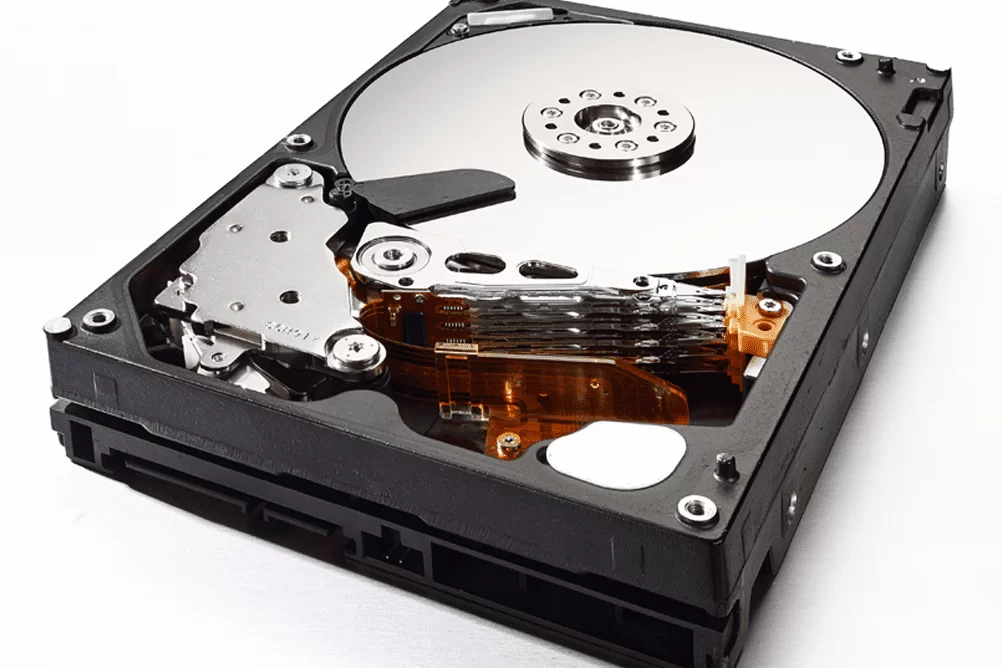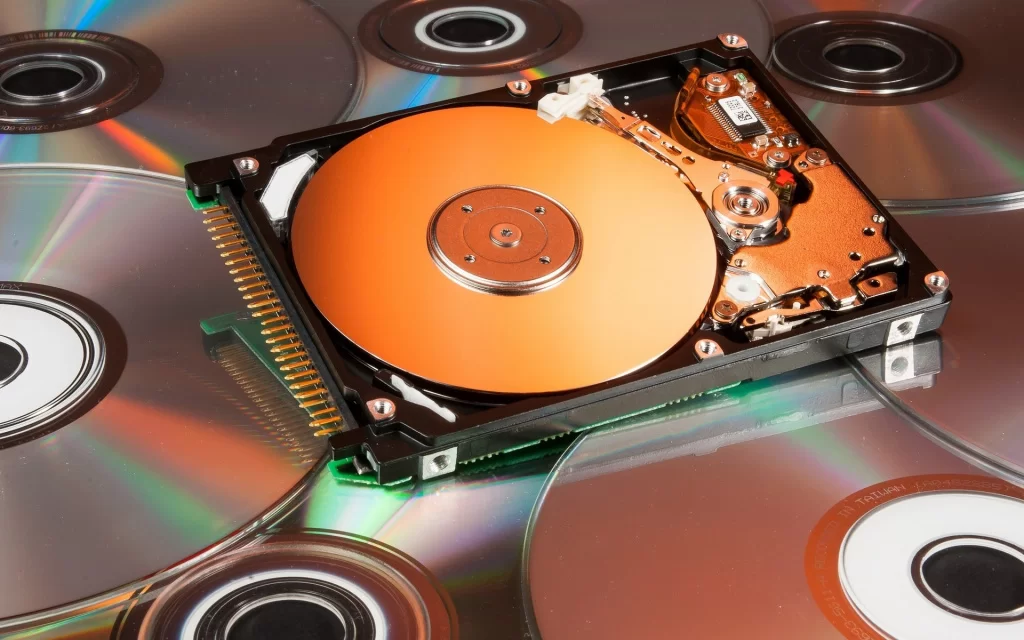The vast majority of modern hard drives involve connecting to a computer via the SATA interface. It provides a high data transfer rate while maintaining the reliability of this very information (that is, it is exchanged quickly and without errors).
However, SATA is a physical interface. That is just a cable and two connectors. At the software level, even such a term as SATA does not exist. Instead, AHCI is used. However, SATA hard drives are capable of emulating IDE, an old version of the interface for exchanging information. And it is configured directly through the BIOS.
And so a fair question arises — which interface to choose after all? In this article, we will analyze what is the difference between AHCI and IDE — and which is better to use.
AHCI Mode

AHCI mode (Advanced Host Controller Interface) — “native” for the SATA interface. It was designed specifically to achieve all the advantages of this connection method. And the most important of them are two — “hot plug” and support for NCQ.
“Hot plug” implies the normal operation of the “hard drive” when it is connected to an already turned on and running computer. In principle, for most users, such an operation is something out of the ordinary. However, in some cases it is important:
-
For example, if the second “hard drive” is installed instead of a SATA drive. After all, it’s the 21st century outside the window, and all sorts of CDs and DVDs are used once in a while. It is much more expedient to install a special sled instead of a drive and stick an additional drive into them;
-
Or when it comes to server systems where a quick change of database or file storage is required. To do this, you do not need to turn off the “machine”, just pull out one HDD array and plug in another;
-
Or you need to connect some kind of “hard drive” to check its performance or “save” information if the computer breaks down.
NCQ (Native Command Queuing, “Native Command Queuing”) is a special technology that redistributes the sequence of read and write commands coming to the “hard drive” to improve performance. It is most pronounced on the HDD.
The fact is that magnetic hard disks (HDD) imply the storage of information on tracks. Like gramophone records, only much faster and more productive. And the speed of reading / writing with random access to files is determined by the distance between the tracks.
NCQ redistributes the read/write command queue so that they are more or less sequential. This speeds up access to information.
Of course, when using SSDs (Solid State Drives), NCQ is not really needed. But these same drives are still too expensive and are not found in all computers. And with traditional HDDs, NCQ technology can significantly speed up the loading of the operating system and increase performance when performing resource-intensive operations.
By the way, SSD drives only work in AHCI mode.
However, AHCI is a fairly new technology. Therefore, older operating systems like Windows XP or the first versions of Ubuntu simply do not support it. Of course, you can install AHCI support drivers, but before that you need to somehow install the OS itself.
So, let’s sum up.
Advantages
-
Provides high speed data exchange due to the fact that it is integrated into the SATA protocol;
-
Supports hot plugging of hard drives;
-
Supports special productivity technologies like NCQ.
Flaws
-
Not compatible with legacy operating systems.
-
If you have a new computer (released after 2005) and a relatively new operating system, it is recommended that you select the AHCI mode.
IDE Mode

IDE mode emulates the PATA (IDE) connection in SATA hard drives to ensure compatibility with legacy software such as the Windows XP operating system or even older.
Actually, IDE mode is not required for anything else. It does not provide hot plugging or any performance enhancement technologies. The only task of the IDE mode when connecting an HDD via a SATA cable is to ensure the compatibility of old software and new technological solutions.
The choice of the operating mode of the hard disk goes directly to the BIOS. At the same time, if the operating system was installed in AHCI mode, and then someone switched it to IDE, the computer will not boot at best. At worst, a blue screen of death will appear.
So, let’s sum up.
Advantages
- Allows you to install an old operating system on a new computer.
Flaws
-
Relatively low data exchange rate (100–133 megabytes per second);
-
Lack of support for modern information transfer technologies.
Moreover, the above speed is theoretical. In practice, it turns out to be much less, since external connected devices “take away” it. “Winchester” is placed on the same bus as other devices — namely PCI with a frequency of 22 MHz. Therefore, at home, achieving a speed of 133 megabytes per second simply will not work.
The task of the IDE mode is to ensure the compatibility of the “new” “hardware” and the “old” “software”. And no more.
Which is better — AHCI or IDE?
If you have a SATA hard drive and you plan to install a new operating system on your computer — for example, Windows 7 or Windows 10 — then, of course, it is better to select the AHCI mode. The IDE is slow and is needed for hardware compatibility with Windows 10 and the first versions of Linux-like systems.
Now let’s compare these two modes of operation.
|
|
|
|
|
|
SATA
|
SATA with emulation of the ancient PATA protocol
|
|
|
Works only on modern hardware and operating systems
|
Works on any equipment — both modern and very old
|
|
|
There is
|
Not
|
|
|
Yes, NCQ
|
Not
|
|
|
There is
|
Not
|
Important! If you have an SSD, then there is not much choice. It is only supported by AHCI SATA.
By the way, if you need to connect a new hard drive to an old motherboard — or vice versa — then you can not switch to IDE mode, but use a special SATA-PATA adapter. They exist and are not that expensive.
There is an important aspect. If the operating system was installed in the AHCI state, then it should continue to work in it. It is not recommended to switch anything in the BIOS on your own. After changing the protocol, the operating system may refuse to boot or start to work inadequately — with “brakes”, errors and incorrect access to the HDD. For example, one of the sections may simply “disappear”. The same is true for the IDE.
By switching to the AHCI protocol and then reinstalling the operating system, you can improve the overall performance of your computer by an average of 20%. And this is true for relatively old computers that are equipped with Serial ATA 1.0. The new “machines” that have received the next generation of interfaces offer an even greater increase in performance. But the specific value depends primarily on the “hard drive” itself. For example, WD Blue provides an increase of about 25%, and WD Green — about 17%.
In general, it’s better not to “dig” in the BIOS settings once again. Inept changes in parameters can lead to loss of information and the need to reinstall Windows.

Добавить комментарий
Для отправки комментария вам необходимо авторизоваться.